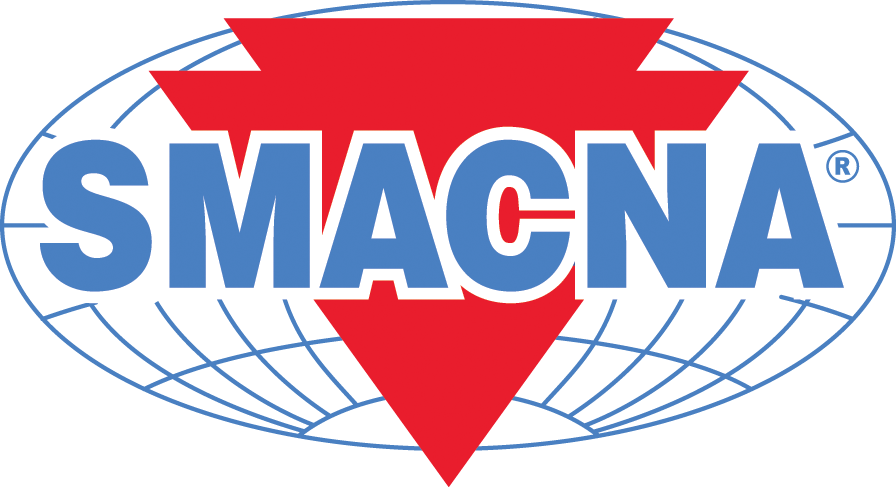Capitol Hill Update: SMACNA's Take on 2022 Funding Bill, Davis-Bacon Regulations, PLAs
As Congress has been working through its priorities and dealing with the ramifications of the Russian invasion of Ukraine, SMACNA has been active on the issues important to SMACNA contractors.
 As Congress has been working through its priorities and dealing with the ramifications of the Russian invasion of Ukraine, SMACNA has been active on the issues important to SMACNA contractors.
As Congress has been working through its priorities and dealing with the ramifications of the Russian invasion of Ukraine, SMACNA has been active on the issues important to SMACNA contractors.
The President Signs 2022 Funding Bill: More Infrastructure Money Unlocked
SMACNA had been encouraging Congress, after months of politically complicated negotiations, to pass its fiscal year 2022 funding bill. This was important because, despite enactment of the critically important legislation, especially the $1.2 billion infrastructure bill, agencies were still restricted to only fund programs at their 2021 budget totals. On March 11, Congress passed, and the President signed, the $1.5 trillion omnibus spending bill. Although a fraction of the money was already flowing to projects, the new law unlocks billions of new dollars to fund new projects and grants for state transportation and public building departments requiring Congressional approval to go forward. SMACNA will continue to work on a long list of private sector energy efficiency retrofit tax provisions that were not included in the final spending bill but are expected to be considered before the end of the year.
SMACNA supports Department of Labor Efforts to Update the Davis-Bacon Regulations
The Department of Labor (DOL) posted its long-awaited reforms to substantially reform the Davis-Bacon Act rules for the first time in 40 years. DOL rules establish how the prevailing wages that contractors must pay on federal and federally assisted projects are determined. SMACNA has been an advocate of rolling back the counterproductive and harmful changes to the regulations made by President Reagan in the 1980s undercutting union rates and contractor market shares. Once the rules are formally published, SMACNA will be submitting comments in support of a number of revised provisions in the newly proposed regulations.
As proposed, if 51% of survey wages are within a similar margin, that would be the prevailing wage. If not, the new proposal would allow 30% of the same or similar wages to be used as the prevailing wage. Reagan established a weighted average using 50% of the same or similar wages, making it far easier — common, in fact — for lower wages to drag down the prevailing rate.
The proposal would create far more wage survey activity to ensure wage rates could be updated more frequently. It would also provide broader authority for localities to adopt state or local wage determinations, making it simpler to use collective bargaining rates as the prevailing wage. Overall, the changes would update the regulatory language to better reflect modern construction practices, offer better enforcement, including debarment, and would establish anti-retaliation provisions for workers.
DOL’s Davis-Bacon rules have a far-reaching impact and apply to an estimated $217 billion in federal and federally assisted construction spending. It covers contracts with federal agencies that are more than $2,000 for construction, alteration or repair of public buildings or works.
In a related development, SMACNA’s Capitol Hill office escalated its effort to pushback on efforts to undermine or repeal the federal prevailing wage law by sending a letter to the full House and Senate opposing H.R. 2218, sponsored by Republican Representatives Good (Va.), Norman (S.C.), and Duncan (S.C.) and S. 805, sponsored by Sen. Lee (R-Utah), which would repeal the Davis-Bacon Act. The letter stresses the critical role prevailing wage standards play in maintaining a well-trained, highly productive construction workforce and emphasizes that productivity and quality of workmanship actually saves the government money.
Project Labor Agreements
In a letter to Congress, SMACNA expressed opposition to PLA ban efforts (H.R. 1284), sponsored by Reps. Budd (R-N.C.), Gaetz (R-Fla.), Perry (R-Pa.) and 80 other House Republican members as well a Senate PLA ban bill (S. 403) sponsored by Sen. Young (R-Ind.) and Sen. Scott (R-N.C.) and ten other GOP Senators. SMACNA has endorsed the White House PLA Executive Order and expressed its support of construction project labor agreements (PLAs) on public construction projects when appropriate. The recent Biden Administration EO gives government owners the flexible authority to use PLAs when appropriate for federal construction projects exceeding $35 million with certain exemptions. It would also boost the registered apprenticeship programs, produce a larger skilled labor workforce and direct the Labor and Defense departments and OMB to create a strategy to train federal contract officers on how to quickly and effectively implement the new PLA directive.
Key facts behind SMACNA’s endorsement of the PLA Executive Order:
- PLAs are most often used in the private sector where corporate budget and scheduling decisions are highly scrutinized and extreme quality is demanded.
- Public sector PLAs cannot and do not discriminate against nonunion construction contractors or workers. To claim that federal PLAs are union-only is false.
- PLAs help local communities boost registered apprenticeship programs and the skilled labor workforce at a time of historic shortages and allow for workforce screening and background credentialing for added project security.
Published: May 9, 2022
IN THIS ISSUE
2022 Brings New Compliance Challenges and Financial Strategies
As the construction industry focused heavily on pandemic-related changes over the past two years, other necessary changes were created or delayed.
Capitol Hill Update: SMACNA's Take on 2022 Funding Bill, Davis-Bacon Regulations, PLAs
As Congress has been working through its priorities and dealing with the ramifications of the Russian invasion of Ukraine, SMACNA has been active on the issues important to SMACNA contractors.
CEO Update: Building on SMACNA’s Strengths
It has been a very productive four months since I started in January as SMACNA’s CEO.
Copper Soldering Strike Force Team Prepares Michigan SMACNA for Success
ITI strengthens copper training to help prep Custom Architectural Sheet Specialists for historical restorations.
Don’t Ignore ACA Compliance Requirements
Following the Supreme Court’s June 2021 decision in California v. Texas, which rejected a challenge to the constitutionality of the Affordable Care Act (“ACA”), the often-debated statute has largely remained out of the news.
Guarding Against Risk Through a Structured Client Selection Process
It has long been an axiom that more industry firms go bankrupt during expansionary periods than during recessionary ones and that firms are more likely to fail due to cash crises than profitability problems.
High Quality Performance Leads to Years of Work
Quality work builds long-term, repeat business for Artlip & Sons in Chicago.
How to Get Your Business Seen First in Google Searches
How Search Engine Optimization helps local consumers find your HVAC business.
President's Column: A Workforce Shortage Solution
Our trade has a certain rhythm to it. From proposals to pipelines to projects, there is a routine that keeps our businesses humming.
Running on Fumes Management
Fabricating ductwork for industrial fume management requires special knowledge. Indiana SMACNA member Vidimos Inc. talks about the challenges and opportunities these types of projects bring.
Summer Camps Create Opportunities to Grow Construction Workforce
As the labor crisis looms, companies focus on building a new generation of industry leaders.
Welcome New SMACNA Members
Welcome New SMACNA Members
Wisconsin Junior Hockey Team Honors Union Trades
Players learn important skills on and off the ice.


